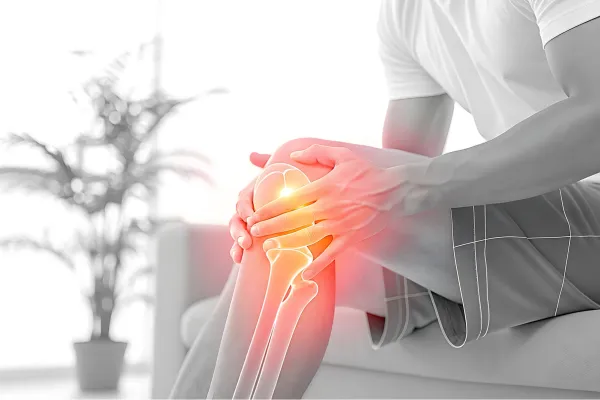
Managing Joint Pain Without Over-Reliance on Painkillers
Living with joint pain can be exhausting. Whether it's in your knees, ankles, feet, or even your hips, ongoing discomfort can take a toll on your daily life. It’s no wonder many people reach for painkillers for relief. But while medication can offer short-term help, relying on it too much can lead to unwanted side effects and doesn't always address the root cause.
So how can you manage joint pain more sustainably? Here are practical, proven strategies that can help reduce discomfort and improve your mobility without over-relying on painkillers.
Why Painkillers Aren't Always the Best Long-Term Solution
Pain relief tablets, especially anti-inflammatories, can be helpful in the short term. But long-term use can lead to issues like stomach irritation, increased blood pressure, and reduced effectiveness over time. More importantly, they mask the pain rather than resolve what’s causing it.
That’s why it’s worth looking into other ways to manage joint pain, particularly for recurring or long-term conditions.
Understanding the Root of Your Joint Pain
The first step in lasting relief is understanding why the pain is happening. Joint pain can be caused by:
Arthritis
Overuse or repetitive strain
Poor biomechanics or alignment (e.g. flat feet)
Previous injury
Inflammation from poor footwear or activity
Foot and ankle issues can have a knock-on effect, contributing to pain in the knees, hips, and even lower back.
Natural and Sustainable Ways to Manage Joint Pain
Here are some evidence-based, non-medication strategies that can reduce joint pain and improve your quality of life:
1. Custom Orthotics and Footwear Support
Foot misalignment is a hidden cause of joint pain. Custom orthotics, fitted by a podiatrist in Dublin 4, can help improve posture and reduce strain on joints from the feet up.
2. Targeted Exercise and Stretching
Strengthening the muscles around the affected joints provides better support and reduces the load on them. Gentle stretching can also improve flexibility and relieve stiffness.
Try low-impact activities like swimming, cycling, or yoga to stay active without putting pressure on your joints.
3. Manual Therapy and Mobilisation
Hands-on treatments such as joint mobilisation or massage can help reduce pain, increase movement, and relax tight muscles.
4. Weight Management
Even small changes in body weight can reduce joint stress significantly. Every step you take puts multiple times your body weight through your knees and ankles.
5. Ice, Heat, and Topical Relief
Alternating cold and heat can relieve joint pain without the need for medication. Ice helps reduce swelling, while heat can relax stiff joints.
6. Stay Hydrated and Eat Anti-Inflammatory Foods
Hydration helps joint lubrication. A diet rich in omega-3s, leafy greens, and whole foods can also help manage inflammation naturally.
When to See a Podiatrist
If you’re experiencing recurring joint pain in your feet, ankles, or knees, a podiatrist can help identify any biomechanical issues and suggest personalised solutions.
At our Foot Clinic Dublin 4, we often work with patients looking for alternatives to painkillers. Through assessments, gait analysis, and hands-on care, we help reduce joint strain and support lasting recovery.
You Don’t Have to Live in Pain
Joint pain might be common, but that doesn’t mean it should be your norm. With the right care plan and support, it’s possible to ease discomfort and keep moving without reaching for painkillers every day.
At Mary Moore Podiatry, we’re here to help you take practical steps towards a more comfortable and active life.




